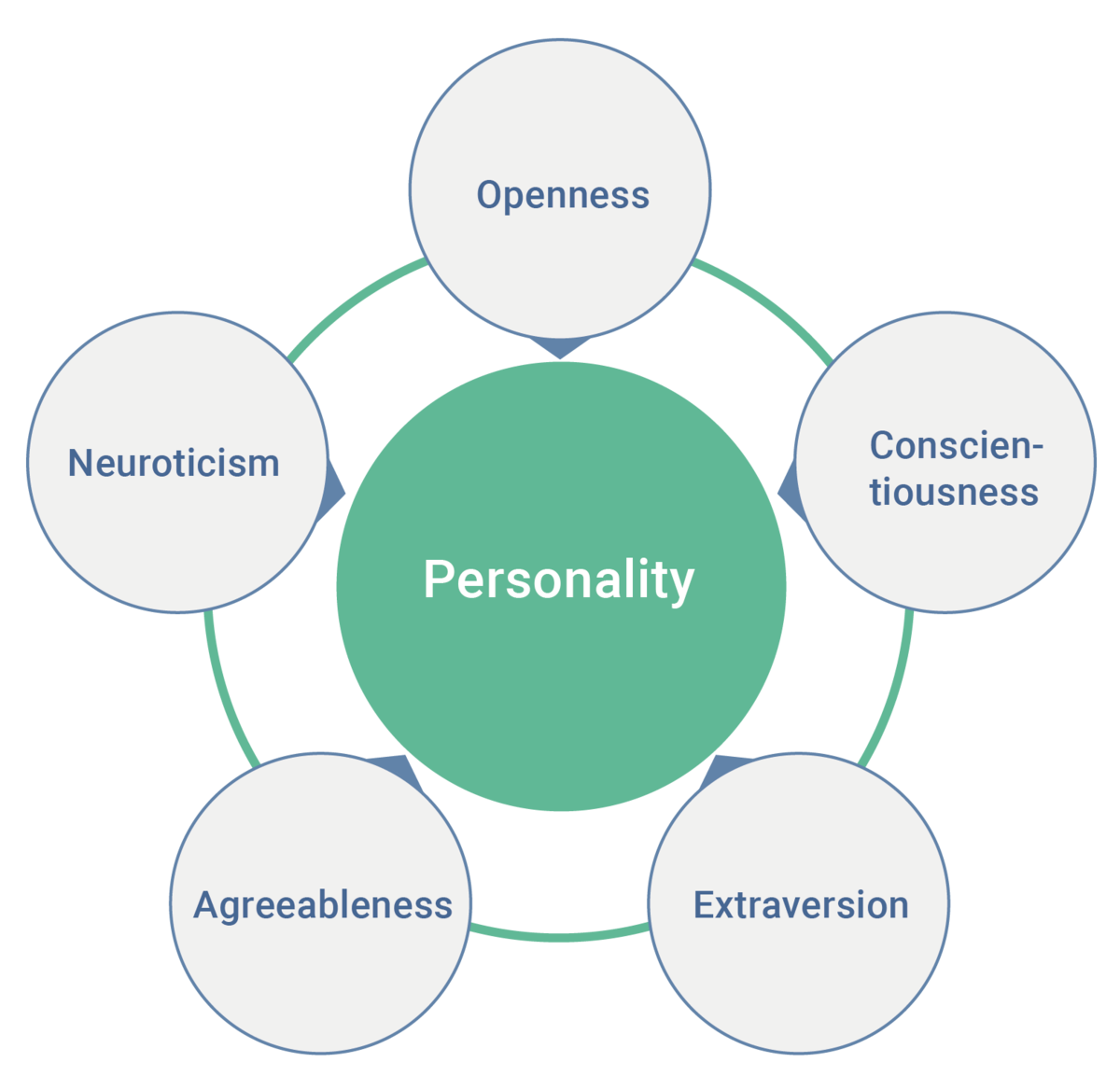What are the Big 5 Personality traits?
The Big 5 personalities are "five broad domains that define human personality and account for individual differences (Dr. Edwin van Thiel)."
The dimensions of the personalities may be broad but is supported by years of empirical and data driven research. It was started by the U.S Air Force and is now often used by HR professional to assess whether or not an employee will be fit for their job.

When an HR professional wants to hire a new employee, some things they may take into account are age and race. Some questions he/she may ask are is this person too young? too old? will his/her personality fit into our company? This person is not from the USA, will his/her personality fit into our company?
The Data
The data was collected from openpsychometrics.org
A website open to the public to educate them 'about various personality tests, their uses and meaning, the various theories of personality.
The data was cleaned and the answers to the tests were calculated using the formula provided by openpsychometerics here.
Visualizing Personality Data
Interact with the graph below and scroll through the pages to see the difference in personalities between the USA and the rest of the world.
age_extroversion : (statistic=0.5302271494403866, pvalue=0.9122021872216677) age_agreeableness: (statistic=0.7033022906303688, pvalue=0.8724269434161755) age_conscientiousness: (statistic=2.333199277065723, pvalue=0.5061906590878511) age_neuroticism: (statistic=0.6542088781149311, pvalue=0.883917873685482) age_open2experience: (statistic=0.8017139375186264, pvalue=0.8490570383457074)
According to the test results with an alpha of .05, the age groups and all personality traits failed to reject the null hypothesis, meaning that the population median of all groups are equal.
Age-group does not have a significant impact on the personality scores.The full code and thought process can be found in my github.
Do personalities differ between countries?
Specifically, USA vs the rest of the world, is the difference between the USA and the reststatistically significant?Mann-Whitney U Test was used to check if the distribution between the two groups wereequal.
usa_extroversion: (statistic=44753597.5, pvalue=8.895596261785486e-05) usa_agreeablness: (statistic=40869091.0, pvalue=9.169508717821433e-44) usa_concientiousness: (statistic=41438557.5, pvalue=2.6100889117150396e-35) usa_neuroticism: (statistic=42783714.5, pvalue=4.196078925028747e-19) usa_open2experience: (statistic=43012833.0, pvalue=6.944228123169958e-17)
According to the test results with an alpha of .05, the null hypothesis was rejected. The personalities of people in the USA are different than the rest of the world.
Age has a weak correlation between personality and there is no statistically significancebetween the different age groups and personality.However, there is a statistically significant difference between the participants personalities of the USA vs the World.
When looking into new employees, an HR professional should take into account thecountry from where the candidate is from. Are they from the US or not?
Limitations
Some limitations with this experiment was that the data was collected from a USA based site, which means that most participants came from the USA. We can not compare each country because we have limited data. Another limitation is the age group. The age groups were superficially made and in future experiments we can increase or decrease the number of groups, and/or change bin lengths for each age.
Future
To get more meaning from the results of the statistical analysis we can dive deeper into each personality trait and their respective score values. With more data we can also look into the personality differences between every country instead of just two. Source
https://www.123test.com/big-five-personality-theory/
https://openpsychometrics.org/printable/big-five-personality-test.pdf
https://github.com/yoonsunghwa
Comments
Post a Comment